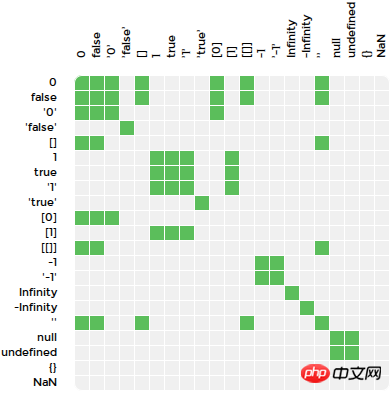之前一直認為程式碼中使用==會讓使用或閱讀程式碼者考慮隱式轉換,增加使用負擔(基本上沒有好處?),那麼lodash的slice方法是出於什麼考慮使用==的呢?
下面是原始碼
/**
* Creates a slice of `array` from `start` up to, but not including, `end`.
*
* **Note:** This method is used instead of
* [`Array#slice`](https://mdn.io/Array/slice) to ensure dense arrays are
* returned.
*
* @since 3.0.0
* @category Array
* @param {Array} array The array to slice.
* @param {number} [start=0] The start position.
* @param {number} [end=array.length] The end position.
* @returns {Array} Returns the slice of `array`.
*/
function slice(array, start, end) {
let length = array == null ? 0 : array.length
if (!length) {
return []
}
start = start == null ? 0 : start
end = end === undefined ? length : end
if (start < 0) {
start = -start > length ? 0 : (length + start)
}
end = end > length ? length : end
if (end < 0) {
end += length
}
length = start > end ? 0 : ((end - start) >>> 0)
start >>>= 0
let index = -1
const result = new Array(length)
while (++index < length) {
result[index] = array[index + start]
}
return result
}
export default slice天蓬老师2017-07-05 10:43:59
foo == null 是== 運算子比較特殊的一種用法,實際上等價於foo === null || foo === undefined,可以算是一種簡寫形式,這是一種簡寫形式,這是一種簡寫形式,這是由== 運算符的運算規則決定的:
